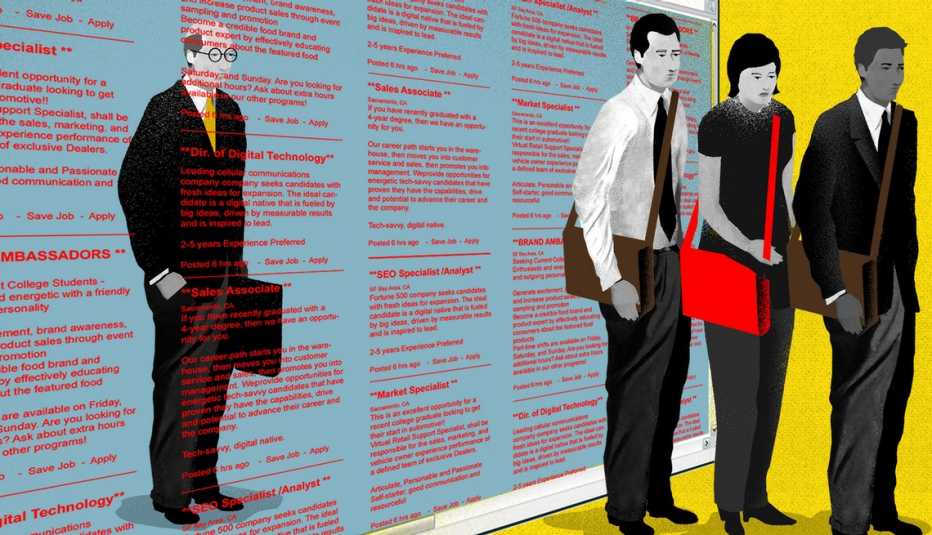AARP Hearing Center


1. Coded comments.
When company leaders say younger workers are “fresh faces” and “new blood,” while older employees are “set in their ways,” it can be an indication of a discriminatory mind-set, says Kellee Boulais Kruse, who represents workers as a principal at the Employment Law Group (TELG) in Washington, D.C.
In fact, the U.S. Equal Employment Opportunity Commission (EEOC) recently warned employers that the use of terms such as “energetic,” “young,” and “recent graduate” could be considered signs of systemic age discrimination.
2. Different dealings.
Are younger workers getting all the opportunities for training, promotions and juicy projects? If older workers are raising their hands but always being passed over, it could be a sign of ageism. The same goes for buyouts that are offered only to older workers.
3. Wounding words.
Abusive words are enough to create a hostile work environment, Kruse says. A slew of age remarks can make a worker feel uncomfortable. “But it has to be more severe and pervasive than a one-off comment,” Kruse says.
4. Ageist assumptions.
Comments that older workers don't understand technology and social media or can't work as hard can indicate a discriminatory attitude. TELG litigated a case against a manufacturer that axed its successful, longtime IT leader because the manufacturer thought it looked bad to have an older worker in charge of technology.
5. Social segregation.
Time with the bosses outside the office can grease the skids to better opportunities. If everyone but the older workers is part of the fantasy football league or happy hour, a culture of ageism may be to blame.
6. Lopsided layoffs.
If companies lay off only older workers, or eliminate the jobs of older workers and then have younger workers pick up their responsibilities under a different job title, it smells fishy. If a worker files an EEOC complaint, the government may ask the company to provide the ages and titles of everyone (laid off or not) in the unit where the cutbacks are made.
7. Perplexing pretexts.
Companies that discriminate come up with creative excuses. But if they demote someone older for poor performance even though the person's ratings have been great, it's a sign of discrimination, says Eric Bachman, a D.C.-area specialist in employment discrimination and principal at Zuckerman Law. The same for turning down an older worker for a promotion because he made only seven sales for the year instead of the required eight, but then promoting younger staffers with only two or three sales, Bachman says. “Where the rubber meets the road is in showing the employer's reason for the action is a lie,” he says.
Editor’s note: This article originally was published on December 30, 2019. It has been updated with more recent information from the EEOC.

































































Special Report: Age Discrimination in America
Workplace Age Discrimination Still Flourishes in America
It's time to step up and stop the last acceptable bias
Age Bias That's Barred by Law Appears in Thousands of Job Listings
With the words they use, employers keep experienced workers from applying
Fighting Age Discrimination in the Courts
They fought against companies like Google and Ruby Tuesday, but justice was elusive and incomplete